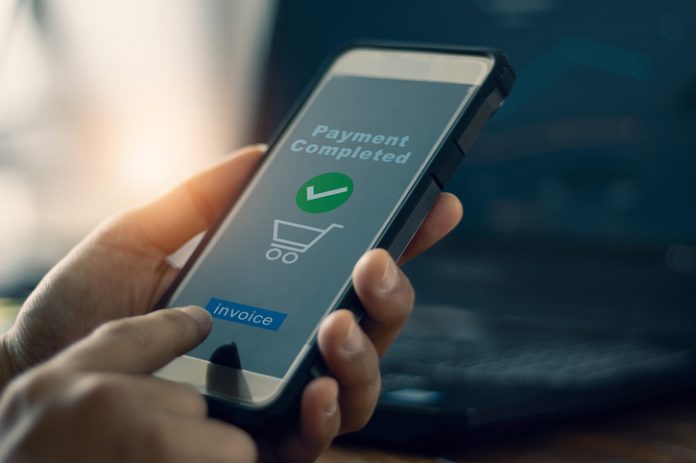The world is digitizing at a rapid rate, and the global economy is no exception to the rule. The world has progressed from paper money to credit cards to digital wallets, all within fifty years.
Cutting-edge technology is rapidly changing how consumers conduct daily transactions. The digitization of payments has made it more accessible, efficient, and secure to send and receive money.
These changes have the opportunity to make payments even more accessible. However, the rapidly changing nature of online payments makes it essential to stay up to date or see yourself left in the dust by competitors. Here are six transaction tech trends that will shape the online payment landscape in 2022.
Virtual cards for B2B payment
The digitization of financial transactions has had a tremendous impact on B2B payments. Business credit cards have been digitized in the last ten years, allowing immediate B2B payments.
Providers like Divvy use this technology to create faster and more secure transactions for their users. For example, Divvy technology tracks and updates your financial records in real-time, allowing users to take control of their budgets. These future-forward brands are also pivoting towards single-use virtual cards, so client data is always safe and sound regardless of third-party data breaches.
Mobile wallets
Mobile wallets are rapidly replacing physical wallets. 32% of mobile wallet users now have multiple mobile wallets for everyday life. This growth is a jump of 11% from the previous year. Additionally, some millenials use as many as nine mobile wallets.
There are no signs of mobile wallets slowing down as their ease of use appeals to consumers and vendors. Mobile wallets allow direct access to consumers and easy integration of loyalty programs, coupons, and gift cards for businesses.
Contactless payment
The rise of contactless payment goes hand-in-hand with mobile wallets and the spread of smartphones. It is far easier to wave your smartphone across the reader than taking out and inserting a card.
Additionally, the COVID-19 pandemic has made businesses and consumers more aware of hygiene. Contactless payment minimizes a consumer’s contact with a commonly used surface like a card reader or pen.
Finally, contactless payment adds additional security to financial transactions. Contactless payment instantaneously transfers encrypted payment information through the network. It is faster and more secure than PIN or chip-read technology.
Messaging platforms and payment
Messaging platforms are rapidly overtaking traditional e-mail and SMS messages. Billions of people use WeChat, WhatsApp, Facebook & Instagram Messenger, and Slack each day. These platforms have integrated payment directly into their messaging apps, and consumers no longer have to leave the app to make a purchase.
Integrating payments into messaging platforms has profoundly impacted e-commerce and peer-to-peer financial transactions. It provides additional convenience and ease for both businesses and consumers.
Borderless transactions and cryptocurrencies
National currencies and financial institutions controlled traditional financial payments. With the rise of cryptocurrencies, nations no longer control economic exchanges between individuals of different nationalities. Payments can be completed almost instantaneously on the blockchain and offer anonymity and security.
Payments in real-time
The rise of contactless payment, cryptocurrencies, and mobile wallets have all impacted the speed of financial transactions. In the past, it could take up to a week for funds to be transferred between accounts. Thanks to the advances in payment technology, transfers now occur instantaneously.
Wrap up
The landscape of financial payments is rapidly changing, and these six trends will have a tremendous impact on both consumers and businesses in 2022. The digitization of payments is the way of the future.


































